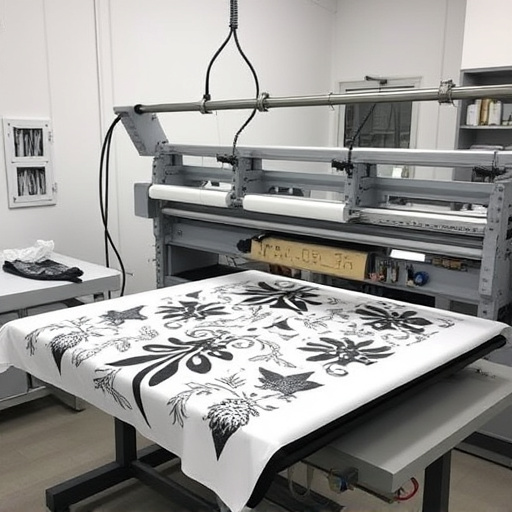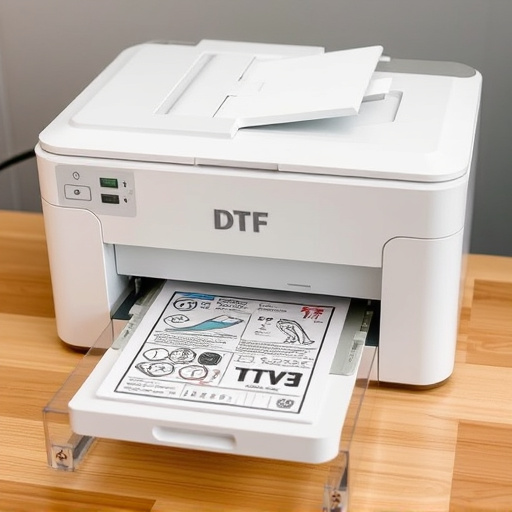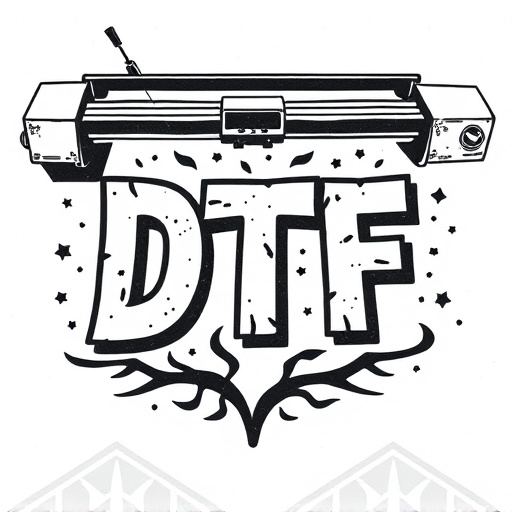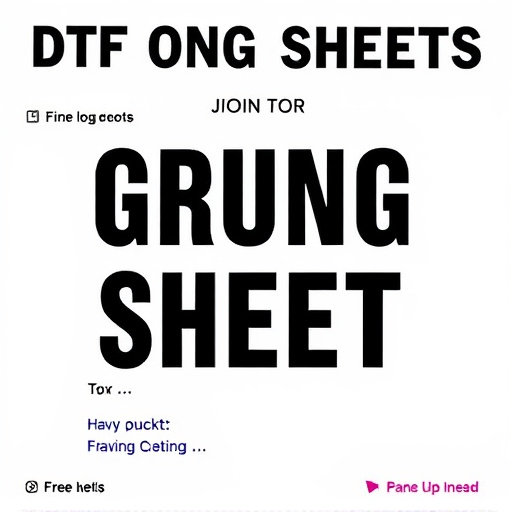Mastering DTF garment printing involves a meticulous workflow from design to application, requiring strict attention to detail. Quality control measures, fabric type management, ink compatibility, and calibration ensure vibrant colors and crisp details. Using high-quality materials, custom sheets, and regularly calibrated equipment guarantees consistent results. Understanding printer capabilities, adjusting ink settings, and selecting appropriate print techniques achieve superior quality across various fabric types for bulk DTG shirt production.
In the dynamic realm of DTF garment printing, maintaining consistent quality in ongoing projects is paramount. This article guides you through essential strategies to ensure optimal results. We’ll explore the intricacies of DTF printing processes and quality control measures, emphasize the significance of material consistency, and master print settings and techniques for superior garment quality. By implementing these practices, you’ll enhance efficiency and deliver vibrant, durable prints every time.
- Understanding DTF Printing Processes and Quality Control Measures
- Ensuring Consistent Material Quality for Optimal Print Results
- Mastering Print Settings and Techniques for Superior Garment Quality
Understanding DTF Printing Processes and Quality Control Measures
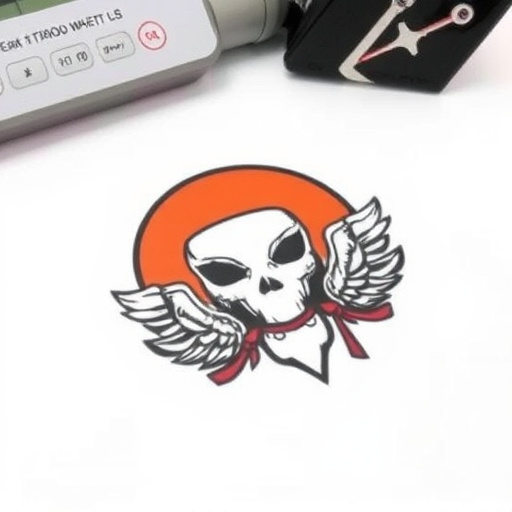
Understanding the DTF (Direct to Fabric) printing process is key to maintaining quality in ongoing garment printing jobs. DTF for custom graphic tees involves a precise series of steps, from preparing the design digitally to applying the print directly onto the fabric using specialized equipment. Each stage requires meticulous attention to detail to ensure consistent results. Quality control measures should be implemented at every step, beginning with design approval and continuing through the printing, drying, and quality inspection phases. Using high-resolution images and ensuring color accuracy are fundamental, as they set the foundation for the final product’s visual appeal.
Additionally, understanding the capabilities and limitations of DTF prints is crucial. DTF printing for t-shirts, for instance, offers vibrant colors and crisp details when done correctly. However, factors like fabric type, ink compatibility, and printing pressure must be carefully managed to avoid issues like smudging, fading, or uneven application. Regular calibration of printing machines and staying updated with the latest DTF print techniques enable printers to consistently deliver high-quality dtf prints for their clients.
Ensuring Consistent Material Quality for Optimal Print Results
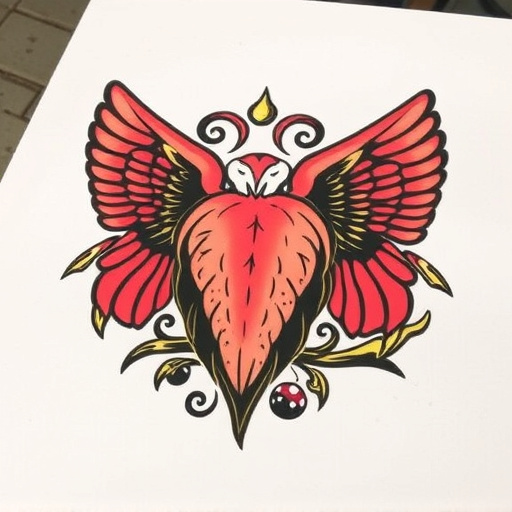
Maintaining consistent material quality is paramount to achieving optimal print results in DTF garment printing jobs. The fabric plays a crucial role in determining the final outcome, especially with the diverse range of materials available today. For light fabrics, like cotton or linen, DTF (Direct-to-Garment) printing offers vibrant and detailed designs without the need for additional coating, making it ideal for custom sheets used in heat pressing designs. However, for darker fabrics, such as black or navy, care must be taken to ensure the print doesn’t get lost in the fabric’s color. Adjusting ink types and pressures accordingly can yield remarkable results on both light and dark garments.
Using high-quality materials and consistently maintaining printing parameters ensures that each batch of garments meets expected standards. This includes using appropriate custom sheets for heat pressing designs, selecting suitable DTF printers, and regularly calibrating equipment to minimize variations in print quality. By focusing on these aspects, businesses can guarantee satisfied customers and maintain their reputation for delivering top-quality DTF garment printing services.
Mastering Print Settings and Techniques for Superior Garment Quality

Mastering print settings and techniques is key to achieving superior quality in DTF garment printing jobs. Understanding your printer’s capabilities and adjusting settings accordingly can significantly impact the final outcome. For instance, optimizing ink viscosity, temperature, and pressure ensures even coverage and vibrant colors on various fabric types. Each material has unique properties, so configuring these parameters for different garments like cotton, polyester, or blends is essential.
Additionally, familiarizing yourself with different print techniques like direct-to-garment (DTF), screen printing, or heat transfer allows you to select the most suitable method for your design and fabric. DTF printing for t-shirts, in particular, offers exceptional detail and color accuracy when set up correctly. This process involves precisely aligning the printer’s nozzle with the garment’s surface, ensuring a seamless fusion of ink and fabric for long-lasting, high-quality prints. Knowing how to fine-tune these settings is vital for maintaining consistency in bulk DTG shirt production, ensuring each piece meets your quality standards.
Maintaining quality in ongoing DTF garment printing jobs requires a multifaceted approach. By understanding the DTF printing processes, implementing rigorous quality control measures, ensuring consistent material quality, and mastering print settings and techniques, you can consistently produce superior garment prints. These strategies ensure that each job meets high standards, fostering customer satisfaction and boosting your reputation in the DTF garment printing industry.

